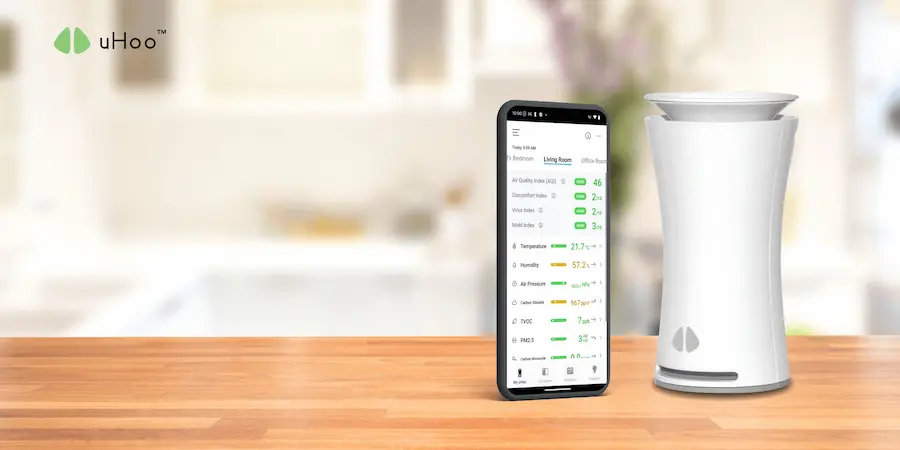Indoor air quality is often overlooked, but it plays a crucial role in our health and well-being. One of the most important factors contributing to healthy indoor air is humidity. Maintaining the right humidity levels can significantly impact our comfort, health, and even the longevity of our homes.
What is Humidity?
Humidity refers to the amount of water vapor present in the air. When humidity levels are too low, the air can become dry, leading to dry skin, irritated airways, and increased susceptibility to respiratory infections. On the other hand, high humidity can promote the growth of mold and mildew, leading to respiratory problems and other health issues.
What is the Ideal Humidity Range?
The ideal humidity range for most homes is between 30% and 50%. Using a hygrometer can help you monitor your home’s humidity levels.
How to Control Humidity Levels
There are several ways to control humidity levels in your home:
- Humidifiers: These devices add moisture to the air, which can be helpful during dry winter months.
- Dehumidifiers: These devices remove moisture from the air, which can be helpful in humid climates or during summer months.
- Ventilation: Proper ventilation, such as opening windows or using exhaust fans, can help to regulate humidity levels.
The Importance of Monitoring Humidity Levels
Monitoring humidity levels is crucial for maintaining a healthy indoor environment. An air quality monitor like uHoo can help you keep track of humidity levels and alert you when they fall outside of the ideal range.
By understanding the importance of humidity and taking steps to control it, you can create a healthier and more comfortable indoor environment for yourself and your family.



